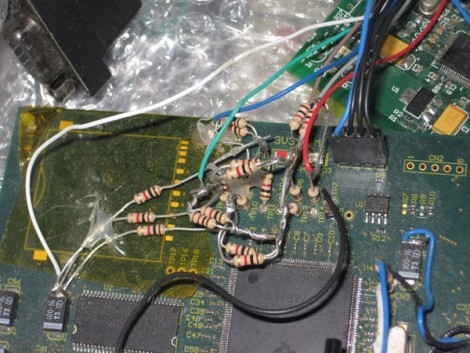The Kansas City Hammerspace crowd really brought an amazing amount of stuff this year. Some stuff you’ve already seen, some stuff that is totally new. I’ll be sharing details on some of them individually as they really deserve the attention. Their booth, or booths were huge, taking up roughly 1/3 of the main hall. It was packed with a plethora of individual projects that really were all over the place. There were enthusiastic people at every turn happy to show off what they had built.Their presence really boosted the awesome level of the MakerFaire through the stratosphere.
Not only did they bring tons of awesome to the MakerFaire, they were gracious enough to invite people back to the hackerspace after the show for an after party. They stuffed food in my entire family and made us feel at home. It was really cool seeing everyone gathered discussing various projects. The ArcAttack crew was even troubleshooting a small tesla coil cit that wasn’t working right.
Watch the Hackerspace tour and check out some pictures after the break. Posts highlighting some of the individual projects will be coming soon.
Continue reading “MakerFaire K.C. Kansas City Hackerspace Delivers”

















